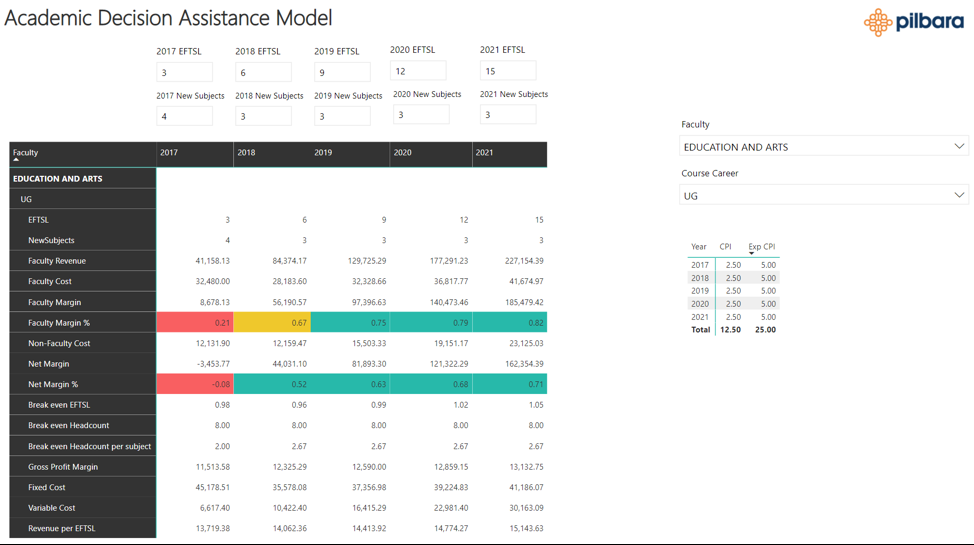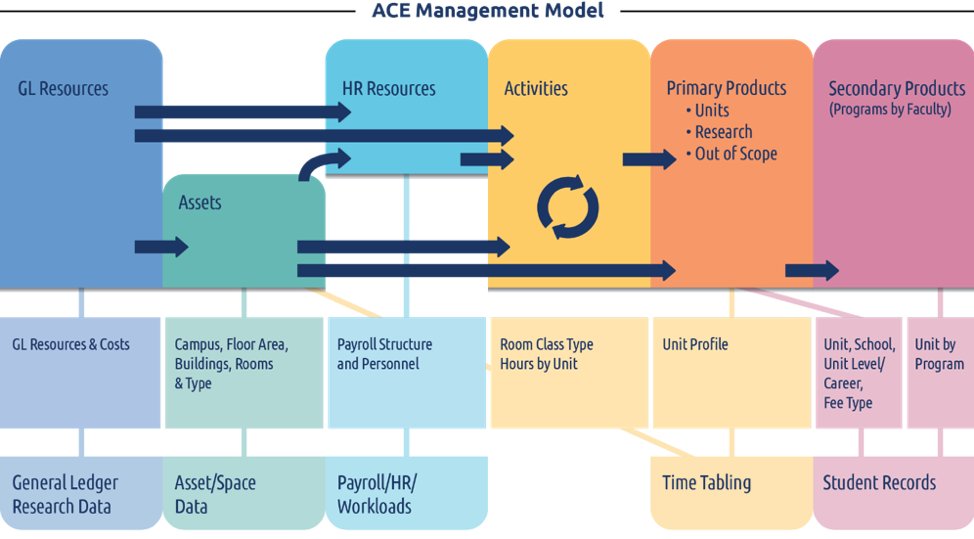A significant amount of time and effort goes into the development of a new program for a college. Unfortunately, the financial aspects of the new program tend not to get as much attention. In today’s environment it is becoming more and more important to ensure any new programs not only break-even but contribute positively to the overall financial performance of the college.
How would you like to forecast the financial performance of a new program in only minutes? This is where the Academic Decision Assistance Model (ADAM) comes into play.
Ordinarily financial forecasts are developed in spreadsheets and usually address direct cost only. However, overhead or indirect costs usually make up a significant percentage of the total costs of an institution, even as much as 50%, so for overall financial performance it is essential that it is included. The difficulty here though is that the school doesn’t ordinarily see this overhead so it’s difficult to include in any forecast or indeed estimate. With this tool it will estimate both the direct and overhead costs and with the inclusion of revenue will work out the financial performance of the new program over the five year period.
The reason it can calculate on-the-fly is that the heavy lifting has already been done in the ACE Insights model.
This model includes all costs in the institution allocated via numerous cause and effect drivers to the final outputs including teaching, research, commercial and community support. Teaching is broken up into courses and programs with all the various combinations of courses allocated to the final overall programs.
This complex web of cost allocations is used to feed the ADAM tool. For the demo model it’s around half a million rows of data but for actual client models it can easily be one million rows or more.
Since all of this data has been pre-processed the actual tool performs quick analysis of this data to provide the five year forecast instantaneously. As you will see in the demo video it also provides traffic lighting to highlight good, bad and average results. It also calculates how many students are required for the program to break-even.
Although this solution is not as robust as the predictive model, it certainly is powerful enough to provide a rough estimate of the financial performance that would rival any spreadsheet analysis and in a fraction of the time it would take to calculate this all manually.
Thanks must go to Fred Reich from the University of Wollongong who originally designed this tool in Microsoft Excel. We have simply converted Fred’s design into PowerBI and we have a number of improvements in the works, as an example, being able to select actual courses/subjects that are currently being taught.
Now this tool is currently in Beta, so not ready for distribution but if you currently have your own ACE Insights model and would like to experiment with the ADAM tool please let us know.
A video overview of the tool is provided below.

